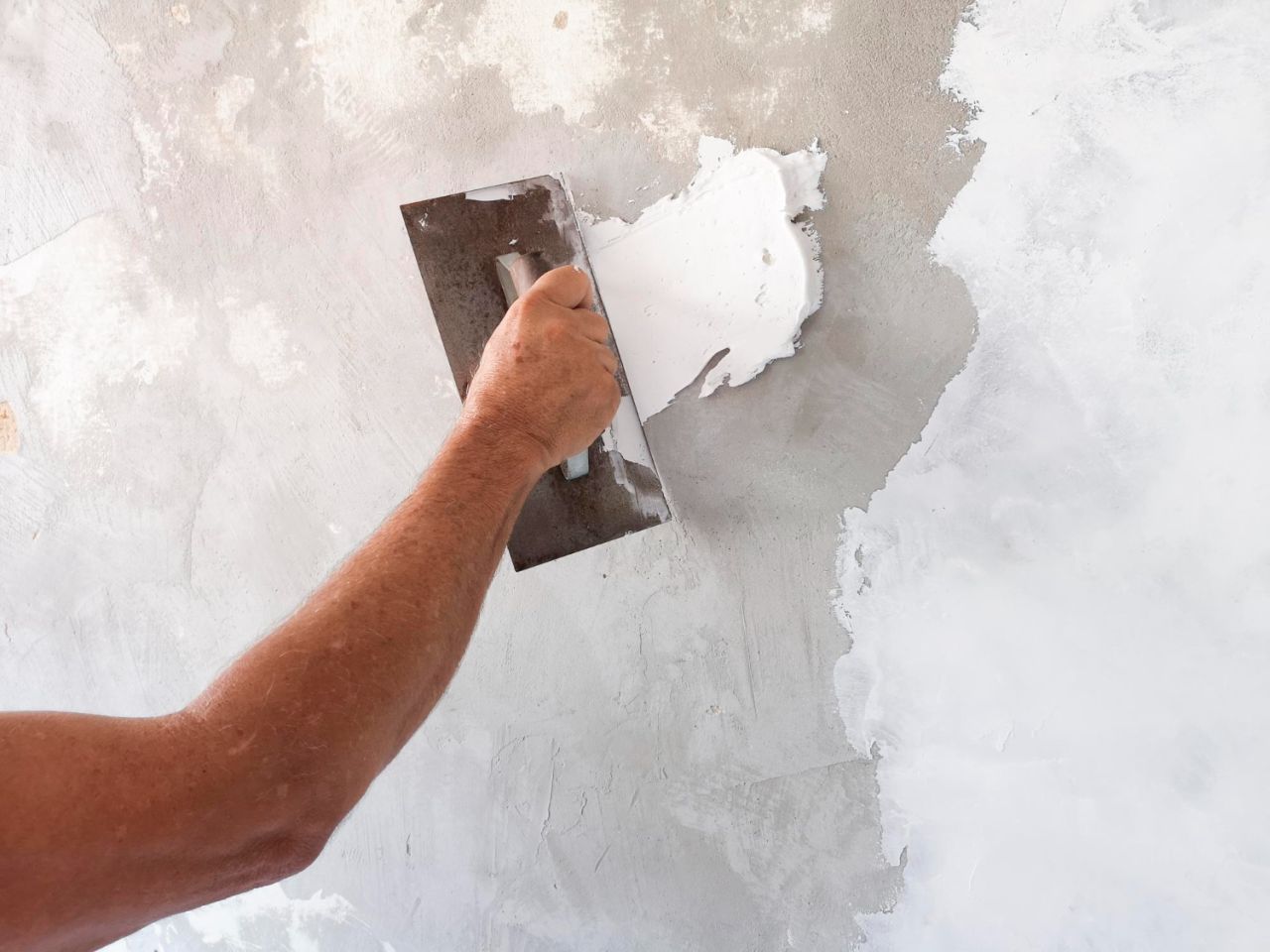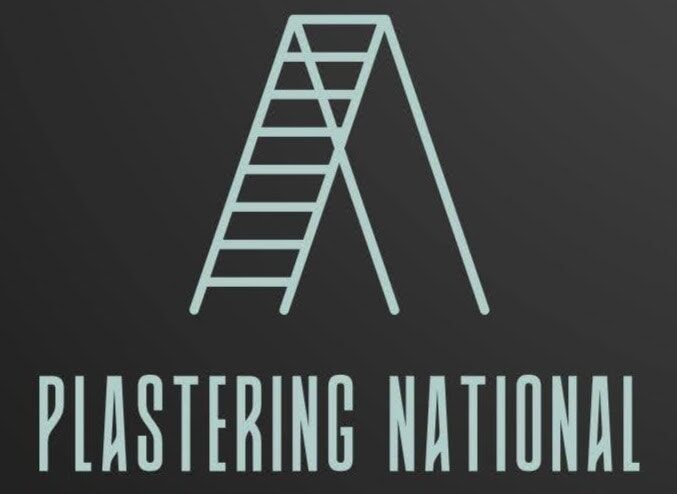Venetian plaster has long been admired for transforming interiors into elegant, marble-like finishes. This decorative method, rooted in ancient practices, offers versatility in design and durability.
This guide explores Venetian plaster’s origins, materials, application techniques, modern uses, and expert insights into its advantages and considerations.
Let’s get straight to the point.
Venetian plaster is a decorative technique that uses lime putty and marble dust to create a smooth, marble-like finish. It originated in ancient Rome, evolved through the Renaissance, and is now valued for its elegant look, durability, and adaptability.
Key benefits include its natural hypoallergenic and mould-resistant properties, versatility in texture and colour, and environmental friendliness due to its natural ingredients.
Though more costly than paint or wallpaper, Venetian plaster is cost-effective because of its longevity and low maintenance. For the best result, Venetian plaster should be professionally applied. It remains a timeless choice for enhancing interiors with sophistication and style.
Definition Of Venetian Plaster
Venetian plaster is a timeless decorative technique that produces a smooth, polished finish, often resembling marble or natural stone.
It’s made from lime putty mixed with finely ground marble dust, which gives it a sleek, elegant finish when applied to walls and ceilings.
This versatile material can transform any interior into a sophisticated space, offering visual appeal and functional benefits.
Key Characteristics Of Venetian Plaster

Composition
- Primary Ingredients: Venetian plaster is typically crafted from lime putty and fine marble dust, creating a natural and durable material.
- Natural Benefits: The lime-based composition makes the plaster breathable and helps prevent mould growth, which is ideal for damp or humid environments.
Application
- Layering Process: Multiple thin layers are applied with a trowel, each polished and smoothed to enhance the overall depth and sheen of the finish.
- Burnishing Technique: The final burnishing creates a glossy, marble-like effect that gives the surface its signature shine and texture.
Finish
- Versatile Appearance: Venetian plaster can be customised to achieve a wide range of finishes, from glass-smooth to more textured, depending on the desired effect.
- Colour Variety: It can be naturally tinted or custom-coloured to match any interior style, adding versatility.
Practical Advantages Of Venetian Plaster
- Hypoallergenic: The natural components reduce the risk of allergens, making it suitable for homes with allergies.
- Mould-Resistant: Its composition helps resist mould and mildew, providing a healthier indoor environment.
- Humidity Regulation: Venetian plaster helps control room moisture levels, creating a more comfortable living space.
- Heat and Fire Resistance: Lime-based plaster is naturally fire-resistant, adding an extra layer of safety to interiors.
- Timeless Appeal: Its classic look stays in style, making it a smart long-term investment for home and business owners.
- Customisable Finishes: These can create bespoke patterns and artistic effects, adding a personalised touch to any space.
Venetian plaster’s combination of adaptability, durability, and sustainability makes it a superior choice for anyone looking to enhance their interiors with a practical yet elegant solution.
Additional Ideas For Venetian Plaster Use
- Accent Walls: Create a focal point in living rooms or bedrooms with a polished plaster feature wall.
- High-Traffic Areas: Use in entryways, hallways, or stairwells for durability and low-maintenance needs.
- Ceiling Finishes: Add an element of luxury to ceilings with a smooth or textured plaster finish.
- Bathroom Designs: Ideal for bathrooms due to its moisture-resistant properties.
Venetian plaster is not just a decorative choice—it’s a practical solution that adds elegance, durability, and adaptability to any space.
History Of Venetian Plaster
Ancient Origins
Although Venetian plaster is closely associated with Venice, its roots trace back to ancient Rome.
The Roman architect Marcus Vitruvius Pollio, who lived between 30 and 15 BC, first mentioned this technique in his De Architectura Libri Decem.
Romans used layers of marble dust mixed with lime to create durable and repairable surfaces.
The Evolution In Italy
Venetian plaster gained popularity during the Renaissance. Architects like Palladio and Carlo Scarpa were instrumental in reviving and enhancing this ancient technique.
Scarpa, in particular, improved the formula by incorporating resins and other materials to boost its adaptability and longevity.
Benefits Of Venetian Plaster
Venetian plaster offers more than just a beautiful finish. Its adaptability, durability, and eco-friendly properties make it a standout choice for interior design.
1. Adaptability In Design
Venetian plaster is highly versatile, blending seamlessly with various design styles, whether traditional or modern.
- Colour Customisation: Easily tinted to suit any colour palette, providing endless possibilities for unique interior designs.
- Textural Variations: Offers a range of textures, from ultra-smooth to rugged and rustic, allowing for subtle and dramatic effects.
- Compatibility: It pairs well with other decorative elements, such as wood, metal, or stone, enhancing a space’s overall aesthetic.
2. Durability And Maintenance
One of Venetian plaster’s most significant benefits is its longevity and low maintenance.
- Longevity: When applied correctly, it can outlast traditional wall finishes like paint or wallpaper, making it a cost-effective option.
- Low Maintenance: Its natural resistance to cracking, chipping, and fading requires fewer frequent repairs and touch-ups.
- Moisture Resistance: It is suitable for high-humidity areas like bathrooms and kitchens, where its moisture-resistant properties prevent the growth of mould and mildew.
3. Environmental Benefits
Venetian plaster is an environmentally conscious choice that aligns with sustainable building practices.
- Natural Ingredients: Made from lime and marble dust, it is free of volatile organic compounds (VOCs), reducing indoor air pollution.
- Breathable Surface: Allows walls to “breathe,” which helps regulate indoor humidity and reduces the risk of mould development.
- Recyclable Material: The natural components make it a recyclable product, minimising its environmental impact.
Expert Insights On Venetian Plaster

Professional Application
Applying Venetian plaster is a skilled task that requires experience to master. Professionals use specific techniques to ensure the finish is even, smooth, and free of imperfections.
Attempting a DIY application without the right skills can lead to issues like cracking or peeling.
Cost Considerations
While Venetian plaster may be more expensive than standard paint or wallpaper, many consider it a worthwhile investment due to its durability and timeless appeal. Its long-lasting nature often offsets the initial cost over time.
Aesthetic Appeal
Venetian plaster’s unique, natural finish creates an ambience that few other materials can match. Its depth, richness, and light-reflecting qualities add warmth and sophistication to any room.
Factors To Consider In Choosing Venetian Plaster For Your Project
- Design Style: Consider whether your space leans toward traditional, modern, or contemporary design.
- Room Functionality: Consider the room’s use—high-traffic areas may benefit more from Venetian plaster’s durability.
- Budget: Balance the cost against the benefits of longevity and aesthetics.
DIY Vs. Professional Application
While some may attempt DIY Venetian plastering, it’s best left to professionals for optimal results. Skilled artisans can achieve the desired texture, colour, and finish without compromising quality.
Conclusion
Venetian plaster is more than just a decorative finish—it blends history, artistry, and modern design. Its origins in ancient Rome laid the foundation for a technique that continues to evolve and inspire.
Today, Venetian plaster remains popular for creating elegant, durable interiors that will stand the test of time. Whether renovating a heritage home or designing a contemporary space, Venetian plaster offers versatility, beauty, and resilience.
With the right application, this timeless finish can transform any room into a masterpiece.
Understanding Venetian plaster’s process, materials, and benefits can help you decide to incorporate this classic technique into your next interior design project.
Venetian plaster’s enduring appeal ensures that it will continue to be a favourite among designers, homeowners, and builders for years.
Frequently Asked Questions About Venetian Plaster
What is special about Venetian plaster?
Plastering in the Venetian style (also known as Italian plastering) involves creating a marble-like finish on a surface. The natural look and the illusion of texture and patterns offered by Venetian plaster contribute to its classy and elegant appearance.
Can Venetian plaster be used in wet areas like bathrooms?
Venetian plaster is suitable for use in humid environments, such as bathrooms. However, a protective sealer should be applied to avoid water damage and discoloration.
Is Venetian plaster easy to apply?
It takes more than just a few YouTube videos to learn how to apply Venetian plaster like a pro. To get the best results from Venetian plaster, it’s best to hire a professional.
How long does Venetian plaster last?
Providing it is applied and maintained properly, Venetian plaster can last for many years. It is a durable material for interior finishes because it does not easily crack, chip, or fade.
Can Venetian plaster be tinted to different colors?
Venetian plaster can be coloured and textured in a wide variety of ways. When mixing the plaster, pigments can be added to change the colour. It’s worth keeping in mind that factors like application method and ambient lighting can affect how a colour turns out.

